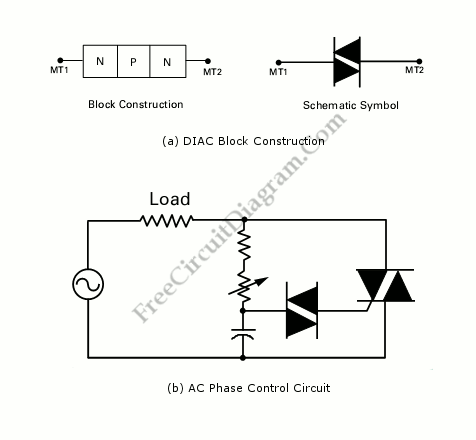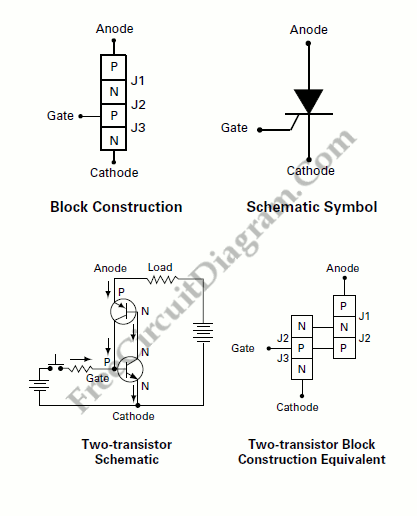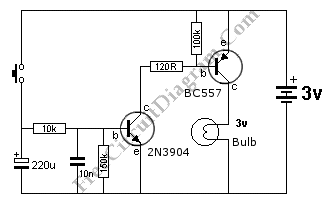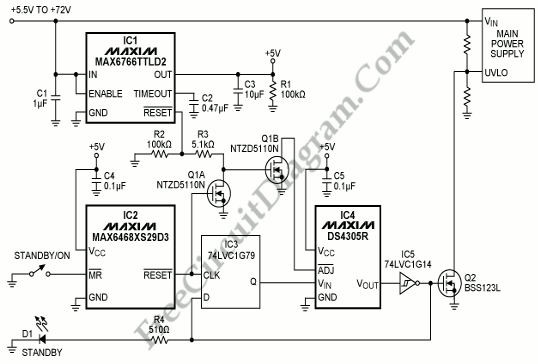DIAC Basic Operation

Diode for alternating current is a trigger diode which conducts current only after the DIAC reach the breakdown voltage. The breakdown voltage of DIAC is 30 V. It has construction like an open base NPN transistor. The DIAC can be used in many application such as motor speed controls and light dimmers circuit. Figure below shows the DIAC block construction, […]
Read more



